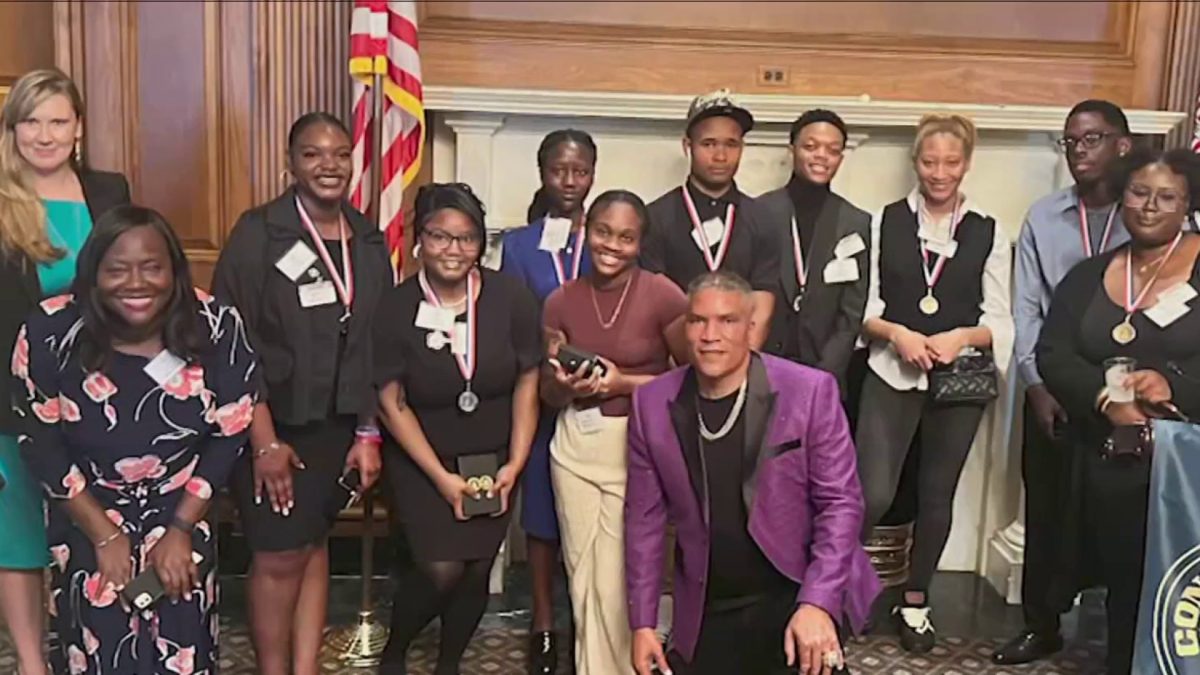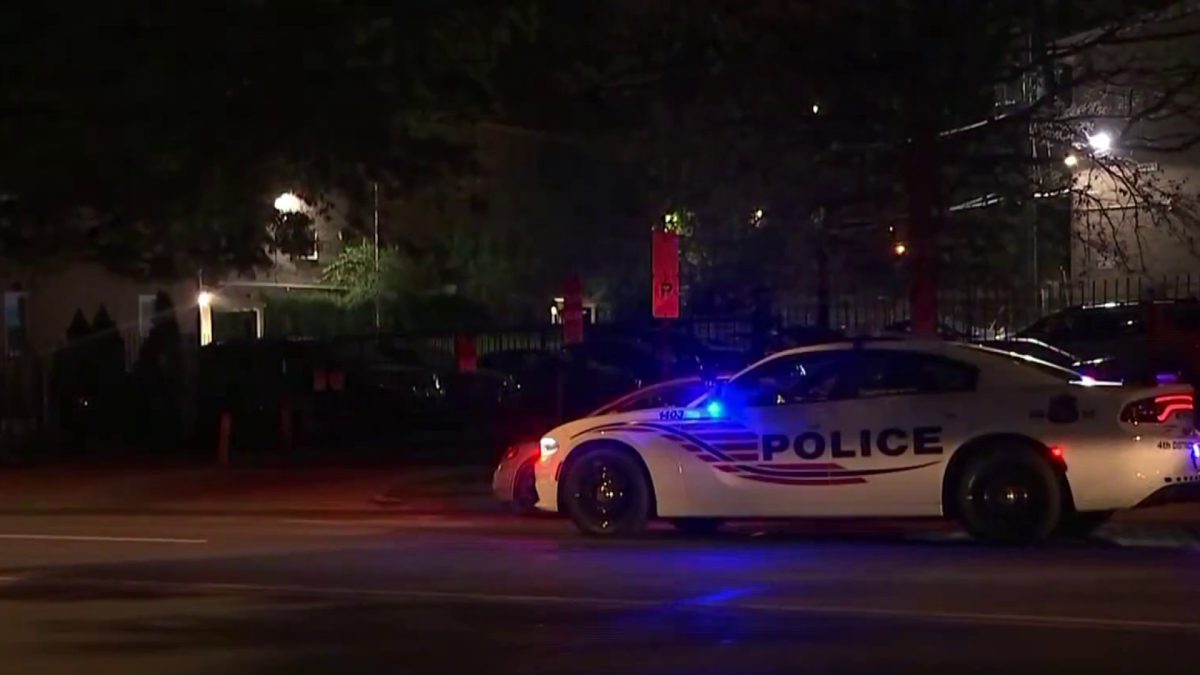Each step Mark Gottlieb takes is made possible thanks to innovative technology and years of intense physical therapy.
A mountain bike accident in March of 2020 left him paralyzed from the neck down.
"I could actually see my hands, but they wouldn't move at all, and I realized, gosh, I'm paralyzed. And then I realized, 'Oh, I can't, I can't breathe either. This is going to be a very short experience,'" Gottlieb said.
Two good Samaritans found him and called for help.
We're making it easier for you to find stories that matter with our new newsletter — The 4Front. Sign up here and get news that is important for you to your inbox.
"The good news on my accident is it was not a complete spinal sever at all. It was an incomplete," Gottlieb said. "That word incomplete is a very good word in the sense of there's still hope for you."
He became determined to walk again after the accident.
Slowly, he started to gain back movement on the right side of his body. After more than a month in the hospital, he went home and kept up the pace of his rigorous rehab schedule.
Local
Washington, D.C., Maryland and Virginia local news, events and information
For two hours a day, five days a week, Gottlieb put in the work at Advanced Physical Therapy in Tysons, Virginia.
The practice is the brainchild of Valerie Gibson, a physical therapist who creates custom treatment plans based on a patient’s unique neurological needs.
Therapists use innovative tools, such an exoskeleton suit that’s dubbed the "walking robot," video game challenges and a reactive balancing machine.
Some things you won’t see in the state-of-the-art facility are walls. Gibson said it’s open-concept for a reason.
"Being wide-open lets people see that, yeah, we have struggles too. I'm not alone in this. We're a team and everybody is a part of that team," she said.
Dave Simon is also part of the team. He was paralyzed after breaking his neck at a trampoline park and says this place has been a game-changer.
"When I started using the walking robot five years ago, it was really, really difficult. I could do it for a couple of minutes at a time," he said. "Now, I can walk for an hour. I have that strength in my body."
The father of three says recovering from a spinal cord injury is slow but he’s seen steady progress because of the long hours he’s put in at Advanced Physical Therapy.
"Putting in the work not just for a half-hour, but for multiple hours every day, that's when you start to see more improvement," Simon said.
Simon now drives and plays on a wheelchair rugby team.
Gibson said she knows the sherr grit and determination of her patients because of her own personal experience.
"I happened to break my neck. I tripped over a curb. My head went into a car and I became basically a quadriplegic.
Doctors told her she would never walk again, but she refused to give up.
Eventually, she turned her pain into purpose, created a program and invented some of the equipment that used at her practice.
"I want everybody to be where I am and what I went through to recover - I want them to feel the same successes. And I think with time, with a lot of time and patience, that a lot of them could get there," Gibson said.
It’s that motivation that helped Gottlieb get to where he is today.
He said he can walk, get around and drive with the help of a device that uses electrical impulses to send signals to certain muscles and his brain.
"I'm getting back into my life as it used to be," Gottlieb said.
He's also traveling again, visiting exotic places all around the world.
While Gottlieb and Simon's stories are remarkable, recovery from a spinal cord injury is often a long and expensive process.
Much of their care is not covered by insurance and both men have had to spend a lot of money out of pocket for their treatment and equipment.



